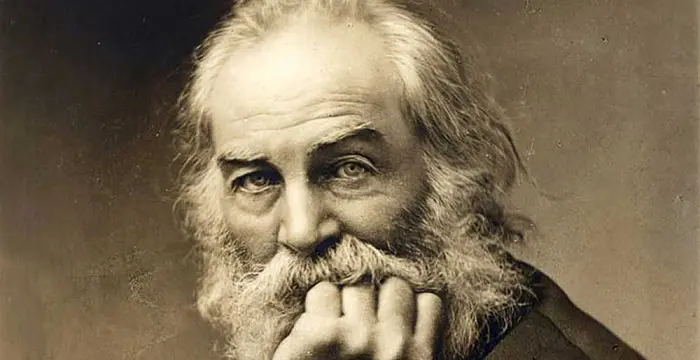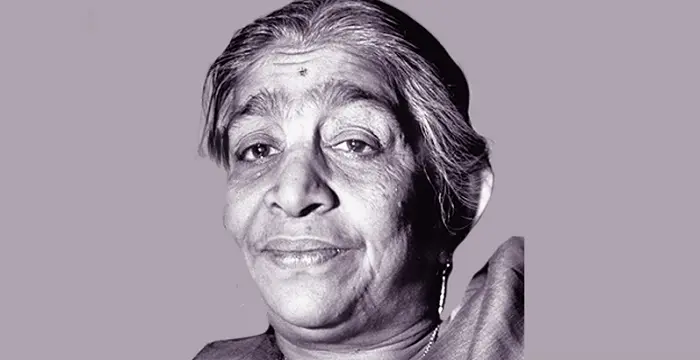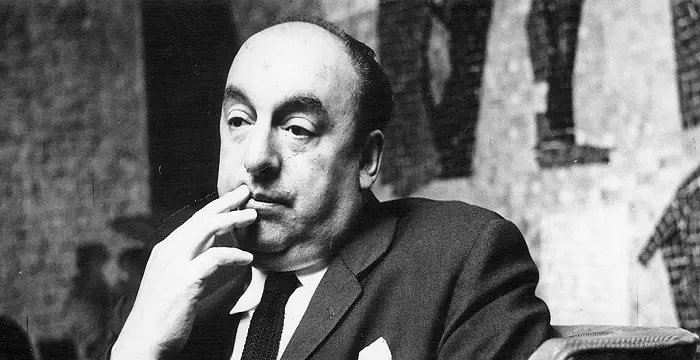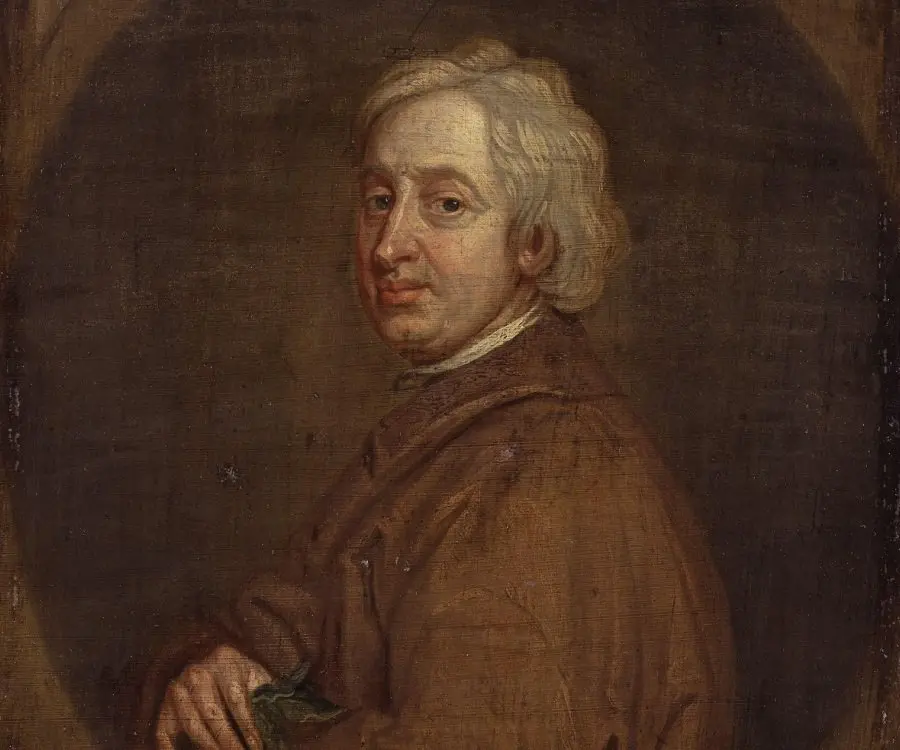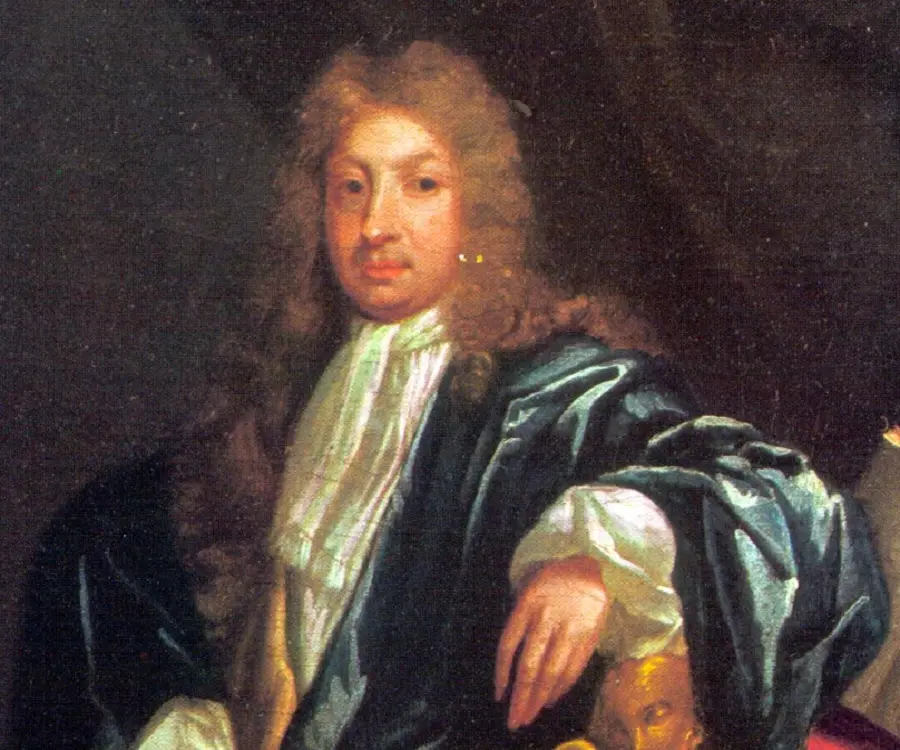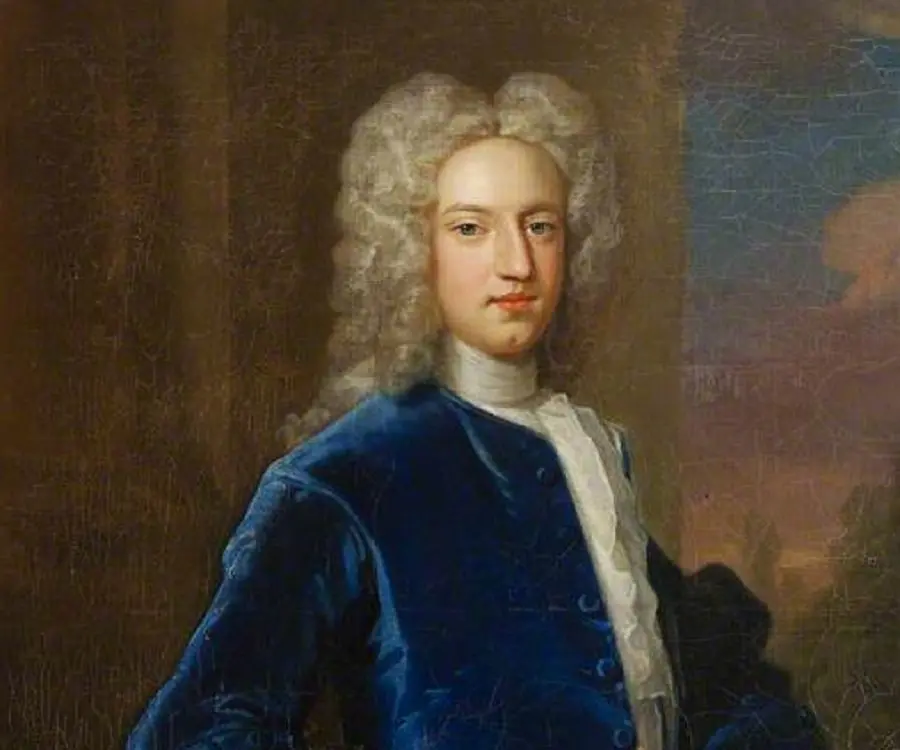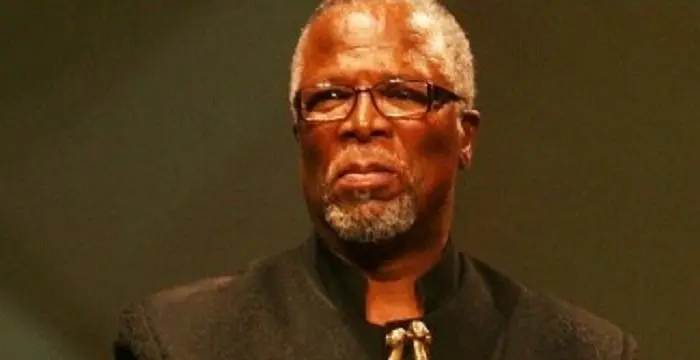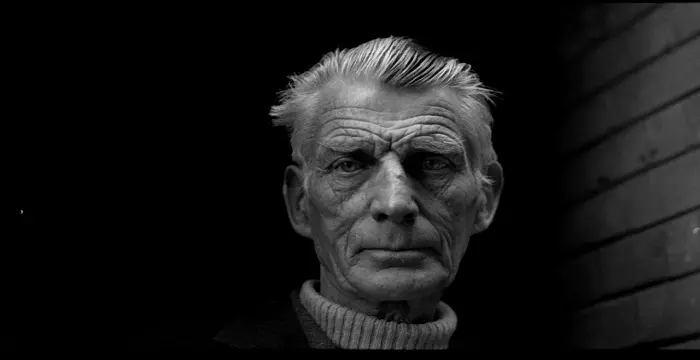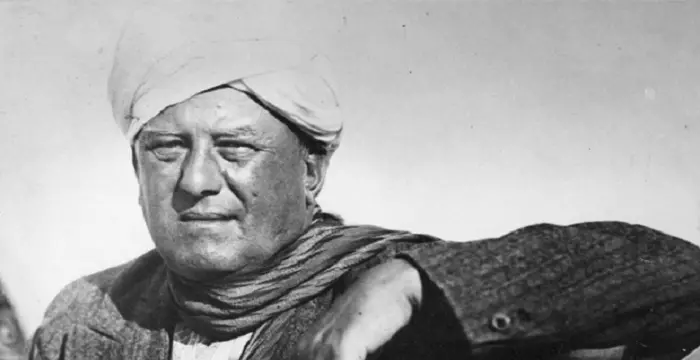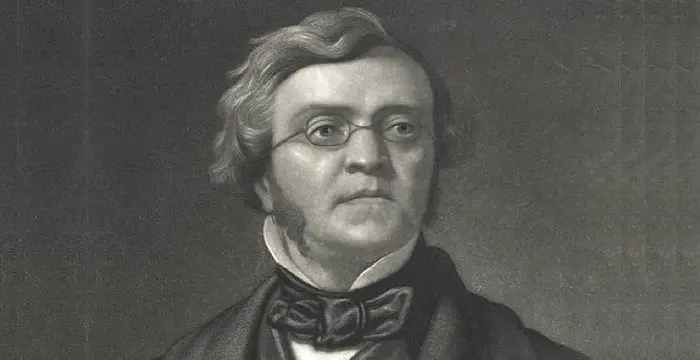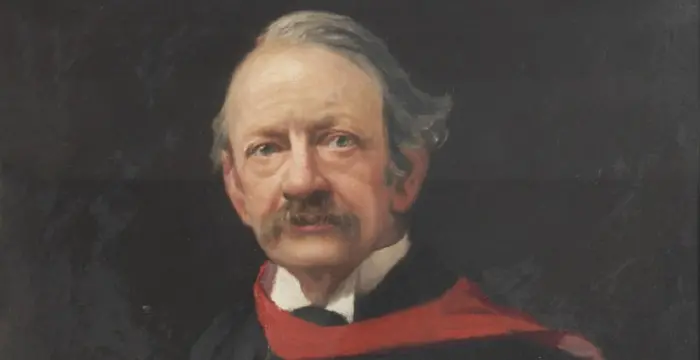
John Dryden - Poets, Birthday and Family
John Dryden's Personal Details
John Dryden was the greatest literary poet, critic and playwright of the Restoration Period
| Information | Detail |
|---|---|
| Birthday | August 9, 1631 |
| Died on | May 12, 1700 |
| Nationality | British |
| Famous | Trinity College, Cambridge, Writers, Poets, Playwrights, Poets |
| Spouses | Lady Elizabeth |
| Universities |
|
| Notable Alumnis |
|
| Birth Place | Northamptonshire, England |
| Religion | Roman Catholic |
| Epitaphs | Here lies Du Vall; reader, if male thou art,, Look to thy purse; if female, to thy heart. |
| Gender | Male |
| Father | Erasmus Dryden |
| Mother | Mary Pickering |
| Sun Sign | Leo |
| Born in | Northamptonshire, England |
| Famous as | poet |
| Died at Age | 68 |
// Famous Poets
Walt Whitman
Walt Whitman was an American poet, journalist and humanist. Read this brief biography to find more on his life & timeline.
Sarojini Naidu
Sarojini Naidu was an Indian freedom fighter and poet. Read this brief biography to find more on her life.
Pablo Neruda
Pablo Neruda was a Chilean poet, politician and Nobel laureate. Go through this biography to learn more about his profile, childhood, life and timeline.
John Dryden's photo
Who is John Dryden?
A great playwright, exceptional poet, fine translator, solid critic, and an excellent satirist, John Dryden wore many hats during his living. He was a legendary figure of the seventeenth century who ranks amongst the greatest English poets such as John Donne and John Milton and the greatest playwrights such as William Shakespeare and Ben Johnson. As far as prose, literary criticism and translation are concerned, he had no peers who matched his capability and competence. Dryden is credited with writing the greatest heroic play of the century, ‘The Conquest of Granada’, the greatest tragicomedy, ‘Marriage A-la-Mode’, the greatest tragedy of the Restoration, ‘All for Love’, the greatest comitragedy, ‘Don Sebastian’ and one of the greatest comedies, ‘Amphitryon’. His writing style was unique, mostly employing the daily patterns and rhythms used in everyday speech. His works so much so dominated the Restoration Period that the phase is proudly remembered in the literary circle as the ‘Age of Dryden’. To know more about his life and works, read through the following lines.
// Famous Playwrights
Tennessee Williams
Tennessee Williams was one of the greatest playwrights of the 20th century. This biography of Tennessee Williams provides detailed information about his childhood, life, achievements, works and timeline.
John Kani
John Kani is a South African actor, voice actor, playwright and director. Check out this biography to know about his birthday, childhood, family life, achievements and fun facts about him.
Samuel Beckett
Samuel Beckett was an Irish playwright, novelist, theatre director and poet. This biography profiles his childhood, life, works, achievements and timeline
Childhood & Early Life
John Dryden was the eldest of the fourteen children born to Erasmus Dryden and wife Mary Pickering in the village church house of Aldwincle near Thrapston in Northamptonshire.
Young Dryden spent much of his early days in the village of Titchmarsh, Northamptonshire, wherein he received his preliminary education. Later in 1644, he was enrolled as a King’s Scholar at the Westminster School, which was going through a period of unrest on religious and political matters.
It was at Westminster that he developed the art of rhetoric and presentation of both sides of the argument, a skill that stayed with him for life and influenced much of his later works and thinking.
In 1649, while still at Westminster, he came up with his first published verse, an elegy titled, ‘Upon the Death of Lord Hastings’. Having a royalist feel, the poem was a written emotional tale of the death of his schoolmate Henry, Lord Hastings from smallpox.
Upon completing his studies, he entered the Trinity College, in Cambridge the following year in 1650. Therein, he took to studying classics, rhetoric and mathematics. Four years later, he graduated with top ranks from the college with a degree in arts.
Career
Following his father’s death in June 1654, he acquired possession of a land that generated some income, but not enough to sustain a living. As such, he moved to London to acquire work with Cromwell's Secretary of State, John Thurloe.
In 1658, on the death of Lord Protector Cromwell, he penned a poem ‘Heroique Stanzas’ a tribute to Cromwell. The content of the poem was cautiously written with prudent emotional presentation.
Two years later, he celebrated the Restoration of the Monarchy and the jubilant return of Charles II with the penned verse, ‘Astraea Redux’ which was an authentic royalist panegyric. He portrayed a royal image of Charles II as the restorer of peace and order.
The establishment of the monarchy coincided with his establishment as the leading poet and critic of the time. He rendered his complete support, loyalty and commitment to the new government which was visible with the publication of his works, ‘To His Sacred Majesty: A Panegyric on his Coronation’ and ‘To My Lord Chancellor’ both released in 1662.
It was while looking to court a patron that he started to make a living by writing for publishers and the general public instead for the aristocrats and the royalties. He started writing poems that celebrated public events.
In 1662, he was elected as an early fellow of the Royal Society. However, the membership was withdrawn four years later due to non-payment of the dues.
With the appointment of Charles II as the leader, society witnessed an upsurge in the demand for entertainment and showbiz. The theatres, which had closed down due to the Puritan ban, reopened to packed audiences.
He soon found himself busy writing scripts and plays for theatre. His first stint at the same was for the theatrical comedy of humors, ‘A Wild Gallant’. The play was not much successful and did nothing to up his reputation.
Following the unsuccessful debut venture, in 1664 he came up with two more plays, ‘The Rival Ladies’ and ‘The Indian Queen’. Both the plays had the same fate as their predecessor and were not major hits.
Meanwhile, a plague erupted in London due to which the King’s Court relocated to Oxford. The change of place turned profitable for this budding playwright who came up with his next venture, a heroic drama by the title, ‘The Indian Emperor’ in 1665. The play was received well by the audience.
Writing theatrical plays was not what he intended to do in the beginning and as such, thought it to be waste of talent on ‘unworthy’ audience. As such, to gain some fame outside the stage, he took to writing poetry and essays.
Inspired by the tragedies of the year 1666, including the Naval War and the Great Fire of London, he penned the poem, ‘Annus Mirabilis’ in 1667. The poem was grandly received and secured him the title of Poet Laureate in 1668 and Historiographer Royal in 1670. Same year, he was conferred with an MA by the Archbishop of Canterbury.
He did not let go of his essay writing as well and in 1668 came up with his first major critical work, ‘Essay of Dramatic Poesy’. Following the grand reception of the same, he released ‘A Defence of an Essay’ which was followed by ‘Essay of Heroic Plays’.
Apart from penning poems and essays, he continued with his theatrical writing and came up with well-received plays in varying genres. While ‘Secret Love’ was based on the genre of comedy, ‘Tyrannic Love’ explored heroic drama. Beginning 1670, he came up with the two parts ‘The Conquest of Granada’ and the comedy, ‘Marriage a la Mode’.
In 1674, he wrote a tribute for Milton in the form of a musical adaptation of the latter’s Paradise Lost entitled, ‘The State of Innocence’. However, the play remained unperformed.
In 1676, he penned his best heroic play, ‘Aureng-Zebe’ which had a prologue that denounced the use of rhyme in serious drama. He followed it up with his magnum opus, ‘All For Love’ in 1678 which was based on the story of Anthony and Cleopatra.
His glorified success and fame was not well received by many who plotted against him, which led to him being attacked in an alley near his home in Covent Garden. It is speculated that Lord Rochester hired John Wilmot for the attack.
From 1678 to 1681, he came up with several dramas including the prose comedy, ‘Limberham’, adaptation of ‘Troilus and Cressida’ and the play ‘Spanish Fair’ However, none of them were successful which led him o give up as a dramatist and instead concentrated towards satire.
In 1681, he came out with the political satire on Monmouth and Shaftesbury, Absalom and Achitophel. Despite being his first attempt at satirical writing, it went on to become the greatest English satires of all time. Since the work favoured Charles II and attacked the Whigs, it drew support from the royalist and the aristocrats as well.
Following year, he came up with a sequel of his first satirical work, this time in collaboration with Nahum Tate, Second Part of Absalom and Achitophel. Same year, he attacked Shaftesbury supporters with his work entitled, ‘The Medal’.
Alongside satirical work, he build his interest in theology and came with his first venture in the genre titled, ‘Religio Laici’. Translated as ‘A Layman’s Faith’ the work argued Christianity over Deism
His later works include the poems, ‘Threnodia Augustalis’, ‘To the Pious Memory ... of Mrs Anne Killigrew’ and ‘A Song for Saint Cecilia's Day’.
The Revolution of 1688 resulted in ascendance of William III to the throne. Following this turn of events, he faced a major downfall as he was not only deprived of his laureateship, but replaced by his old enemy, Shadwell.
During the later years, he survived a living by translating the works of Horace, Juvenal, Ovid, Lucretius, and Theocritus. His work involved making classic English literary work accessible and readable to the general public. His most ambitious project as a translator was released in 1697 under the title, ‘The Works of Virgil’ and in 1700 as ‘Fables Ancient and Modern’.
Personal Life & Legacy
He tied the nuptial knot with Lady Elizabeth, royalist sister of Sir Robert Howard. The couple was blessed with three children, all sons.
He breathed his last on May 12, 1700. Initially buried in St Anne’s Cemetery, he was later reburied in Westminster Abbey ten days later.
Trivia
A Poet Laureate, he dominated the literary life during the Restoration Period.
// Famous Writers
Joyce Meyer
Joyce Meyer is a Christian author and speaker. This biography provides detailed information about her childhood, life, achievements, works & timeline
Temple Grandin
Temple Grandin is a well-known American writer, autistic activist and animal expert. This biography profiles her childhood, life, achievements, career and timeline
Tennessee Williams
Tennessee Williams was one of the greatest playwrights of the 20th century. This biography of Tennessee Williams provides detailed information about his childhood, life, achievements, works and timeline.
John Dryden biography timelines
- // 9th Aug 1631John Dryden was the eldest of the fourteen children born to Erasmus Dryden and wife Mary Pickering in the village church house of Aldwincle near Thrapston in Northamptonshire.
- // 1644Young Dryden spent much of his early days in the village of Titchmarsh, Northamptonshire, wherein he received his preliminary education. Later in 1644, he was enrolled as a King’s Scholar at the Westminster School, which was going through a period of unrest on religious and political matters.
- // 1649In 1649, while still at Westminster, he came up with his first published verse, an elegy titled, ‘Upon the Death of Lord Hastings’. Having a royalist feel, the poem was a written emotional tale of the death of his schoolmate Henry, Lord Hastings from smallpox.
- // 1650Upon completing his studies, he entered the Trinity College, in Cambridge the following year in 1650. Therein, he took to studying classics, rhetoric and mathematics. Four years later, he graduated with top ranks from the college with a degree in arts.
- // Jun 1654Following his father’s death in June 1654, he acquired possession of a land that generated some income, but not enough to sustain a living. As such, he moved to London to acquire work with Cromwell's Secretary of State, John Thurloe.
- // 1658In 1658, on the death of Lord Protector Cromwell, he penned a poem ‘Heroique Stanzas’ a tribute to Cromwell. The content of the poem was cautiously written with prudent emotional presentation.
- // 1662The establishment of the monarchy coincided with his establishment as the leading poet and critic of the time. He rendered his complete support, loyalty and commitment to the new government which was visible with the publication of his works, ‘To His Sacred Majesty: A Panegyric on his Coronation’ and ‘To My Lord Chancellor’ both released in 1662.
- // 1662In 1662, he was elected as an early fellow of the Royal Society. However, the membership was withdrawn four years later due to non-payment of the dues.
- // 1664Following the unsuccessful debut venture, in 1664 he came up with two more plays, ‘The Rival Ladies’ and ‘The Indian Queen’. Both the plays had the same fate as their predecessor and were not major hits.
- // 1665Meanwhile, a plague erupted in London due to which the King’s Court relocated to Oxford. The change of place turned profitable for this budding playwright who came up with his next venture, a heroic drama by the title, ‘The Indian Emperor’ in 1665. The play was received well by the audience.
- // 1666 To 1668Inspired by the tragedies of the year 1666, including the Naval War and the Great Fire of London, he penned the poem, ‘Annus Mirabilis’ in 1667. The poem was grandly received and secured him the title of Poet Laureate in 1668 and Historiographer Royal in 1670. Same year, he was conferred with an MA by the Archbishop of Canterbury.
- // 1668He did not let go of his essay writing as well and in 1668 came up with his first major critical work, ‘Essay of Dramatic Poesy’. Following the grand reception of the same, he released ‘A Defence of an Essay’ which was followed by ‘Essay of Heroic Plays’.
- // 1670Apart from penning poems and essays, he continued with his theatrical writing and came up with well-received plays in varying genres. While ‘Secret Love’ was based on the genre of comedy, ‘Tyrannic Love’ explored heroic drama. Beginning 1670, he came up with the two parts ‘The Conquest of Granada’ and the comedy, ‘Marriage a la Mode’.
- // 1674In 1674, he wrote a tribute for Milton in the form of a musical adaptation of the latter’s Paradise Lost entitled, ‘The State of Innocence’. However, the play remained unperformed.
- // 1676 To 1678In 1676, he penned his best heroic play, ‘Aureng-Zebe’ which had a prologue that denounced the use of rhyme in serious drama. He followed it up with his magnum opus, ‘All For Love’ in 1678 which was based on the story of Anthony and Cleopatra.
- // 1678 To 1681From 1678 to 1681, he came up with several dramas including the prose comedy, ‘Limberham’, adaptation of ‘Troilus and Cressida’ and the play ‘Spanish Fair’ However, none of them were successful which led him o give up as a dramatist and instead concentrated towards satire.
- // 1681In 1681, he came out with the political satire on Monmouth and Shaftesbury, Absalom and Achitophel. Despite being his first attempt at satirical writing, it went on to become the greatest English satires of all time. Since the work favoured Charles II and attacked the Whigs, it drew support from the royalist and the aristocrats as well.
- // 1688The Revolution of 1688 resulted in ascendance of William III to the throne. Following this turn of events, he faced a major downfall as he was not only deprived of his laureateship, but replaced by his old enemy, Shadwell.
- // 1697 To 1700During the later years, he survived a living by translating the works of Horace, Juvenal, Ovid, Lucretius, and Theocritus. His work involved making classic English literary work accessible and readable to the general public. His most ambitious project as a translator was released in 1697 under the title, ‘The Works of Virgil’ and in 1700 as ‘Fables Ancient and Modern’.
- // 12th May 1700He breathed his last on May 12, 1700. Initially buried in St Anne’s Cemetery, he was later reburied in Westminster Abbey ten days later.
// Famous Trinity College, Cambridge
Isaac Newton
Isaac Newton was an English scientist and mathematician, who discovered gravitation and Newtonian Mechanics. Read this biography to find more on his life.
Aleister Crowley
Aleister Crowley was an occultist and ceremonial magician who founded the ethical philosophy of Thelema. This biography of Aleister Crowley provides detailed information about his childhood, life, achievements, works & timeline.
William Makepeace Thackeray
William Thackeray was an English novelist and satirist. Read this brief biography to find more on his life & timeline.
Srinivasa Ramanujan
Srinivasa Ramanujan was an Indian mathematician who made significant contributions to mathematical analysis, number theory, and continued fractions. Check out this biography to know about his childhood, life, achievements, works & timeline. .
Jared Diamond
Jared Mason Diamond is an American scientist and author reputed for his highly acclaimed and popular science books.
J. J. Thomson
J.J. Thomson was an English physicist and mathematician. This biography profiles his childhood, life, academic career, research and timeline.
John Dryden's FAQ
What is John Dryden birthday?
John Dryden was born at 1631-08-09
When was John Dryden died?
John Dryden was died at 1700-05-12
Where was John Dryden died?
John Dryden was died in London, England
Which age was John Dryden died?
John Dryden was died at age 68
Where is John Dryden's birth place?
John Dryden was born in Northamptonshire, England
What is John Dryden nationalities?
John Dryden's nationalities is British
Who is John Dryden spouses?
John Dryden's spouses is Lady Elizabeth
What was John Dryden universities?
John Dryden studied at Trinity College, Cambridge, Trinity College, Cambridge, Westminster School, University of Cambridge
What was John Dryden notable alumnis?
John Dryden's notable alumnis is Trinity College, Cambridge
What is John Dryden's religion?
John Dryden's religion is Roman Catholic
Who is John Dryden's father?
John Dryden's father is Erasmus Dryden
Who is John Dryden's mother?
John Dryden's mother is Mary Pickering
What is John Dryden's sun sign?
John Dryden is Leo
How famous is John Dryden?
John Dryden is famouse as poet
